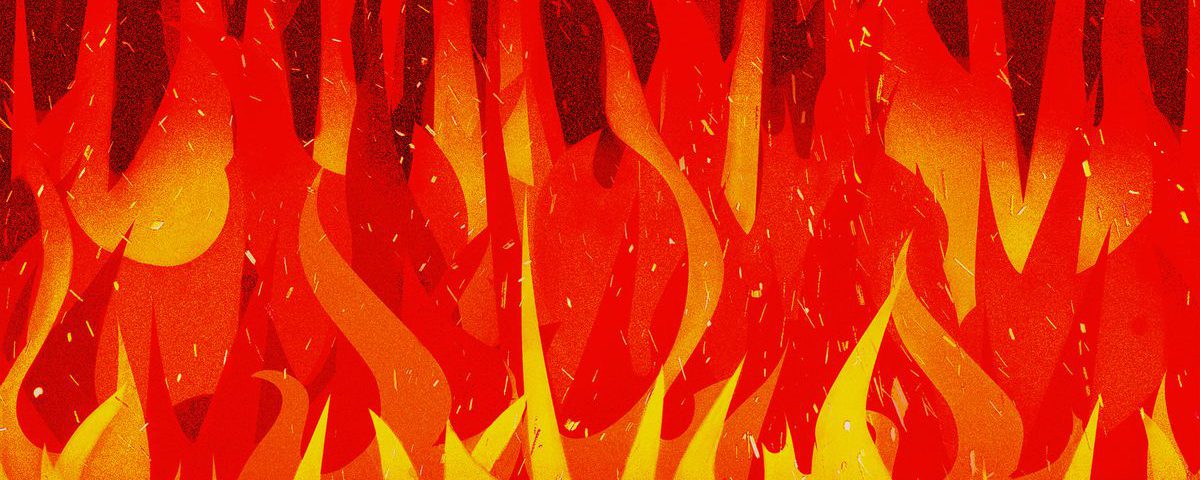The tundra keeps burning and it’s transforming the Arctic

Moon
December 28, 2024
Name a Quasi-Moon
December 28, 2024The tundra keeps burning and it’s transforming the Arctic
Wildfires have transformed the Arctic, according to the latest report card on the region. It’s both a cause and a symptom of climate change.
Full Article
By Justine Calma, a senior science reporter covering energy and the environment with more than a decade of experience. She is also the host of Hell or High Water: When Disaster Hits Home, a podcast from Vox Media and Audible Originals. For millennia, the Arctic tundra has helped stabilize global temperatures by storing carbon in the frozen ground. Wildfires have changed that, according to the latest Arctic Report Card released yesterday at the American Geophysical Union (AGU) conference. Fires, intensified by climate change, release carbon trapped in soil and plants. More frequent infernos have now transformed the tundra into a net source of carbon dioxide emissions. It’s a dramatic shift for the Arctic, and one that will make the planet even hotter. “Climate change is not bringing about a new normal. Instead, climate change is bringing ongoing and rapid change,” Twila Moon, lead editor of the Arctic Report Card and deputy lead scientist at the National Snow and Ice Data Center, said at the conference yesterday. “Climate change is not bringing about a new normal.” The Arctic’s permafrost, which stays frozen year-round, has kept planet-heating carbon sequestered for thousands of years. Northern permafrost has been estimated to hold about twice as much carbon as there is in the atmosphere. Tundra describes the Arctic’s tree-less plains, where shrubs, grasses, and mosses grow and take in carbon dioxide through photosynthesis. Plants eventually release that CO2 back into the atmosphere when they decompose or if they burn. And lucky for us, frigid temperatures slow microbial decomposition in the Arctic, keeping that carbon locked in the soil. But greenhouse gas emissions from fossil fuels have made our planet a hotter place, and the Arctic has been warming nearly four times as fast as the rest of the planet. As a result, permafrost is thawing — waking up the microbes that break down dead plants and releasing previously trapped greenhouse gases. Permafrost temperatures hit record highs across nearly half of the monitoring stations in Alaska in 2024, according to the report card. Wildfires are another growing problem since dead vegetation makes for a great fuel source. Blazes quickly release carbon trapped in plants and soil. Wildfires across areas with permafrost in North America have increased since the middle of the 20th century. Fires are more intense, burn across larger areas, and create more carbon pollution. 2023 was the worst year on record in terms of how much of the Arctic burned. A historically bad wildfire season in Canada led to the release of more than 640 million metric tons of carbon dioxide, an amount larger than any country’s annual carbon pollution with the exception of China, the US, and India. Taking wildfire emissions into account, the Arctic tundra is now releasing more CO2 than it captures. It’s a long-term trend that the researchers expect to continue after crunching data from roughly the past two decades for this report card. The Arctic permafrost region as a whole — which encompasses tundra and forests — has become carbon neutral over the past 20 years, meaning it’s neither absorbing nor releasing excess CO2. The amount of carbon dioxide now leaking from the tundra is small in comparison to the billions of tons of greenhouse gas emissions human activity sends into the atmosphere each year. But it adds to the many ways life in the Arctic is getting harder. Caribou populations have dropped by 65 percent over the last few decades as global warming transforms the landscape to which they’ve adapted, for example. They’ve been documented eating less on hot days, perhaps because they’re trying to stay cool or avoid mosquitoes. And caribou health has cascading impacts on the local people that rely on the herds for food. Some species are finding ways to adjust. Ice seals in Alaska, for example, have started to eat different kinds of fish depending on what’s available and seem to be staying healthy. Understanding how the environment is changing, through research like the Arctic Report Card, might similarly help humans adapt. The report was produced by the National Oceanic and Atmospheric Administration (NOAA) working with 97 scientists from 11 different countries. If not for the vast stores of carbon in the Arctic permafrost, the consequences of climate change would already be much more intense today. And now, the Arctic needs help from other regions of the world that are producing vastly more planet-heating pollution. “While we can hope that many plants and animals will find pathways to adaptation as ice seals have so far, hope is not a pathway for preparation or risk reduction,” Moon said. “With almost all human produced heat trapping emissions created outside of the Arctic, only the strongest actions to reduce these emissions will allow us to minimize risk and damage as much as possible into the future. This is true for the Arctic and the globe.” / Sign up for Verge Deals to get deals on products we’ve tested sent to your inbox weekly. The Verge is a vox media network © 2024 Vox Media, LLC. All Rights Reserved

